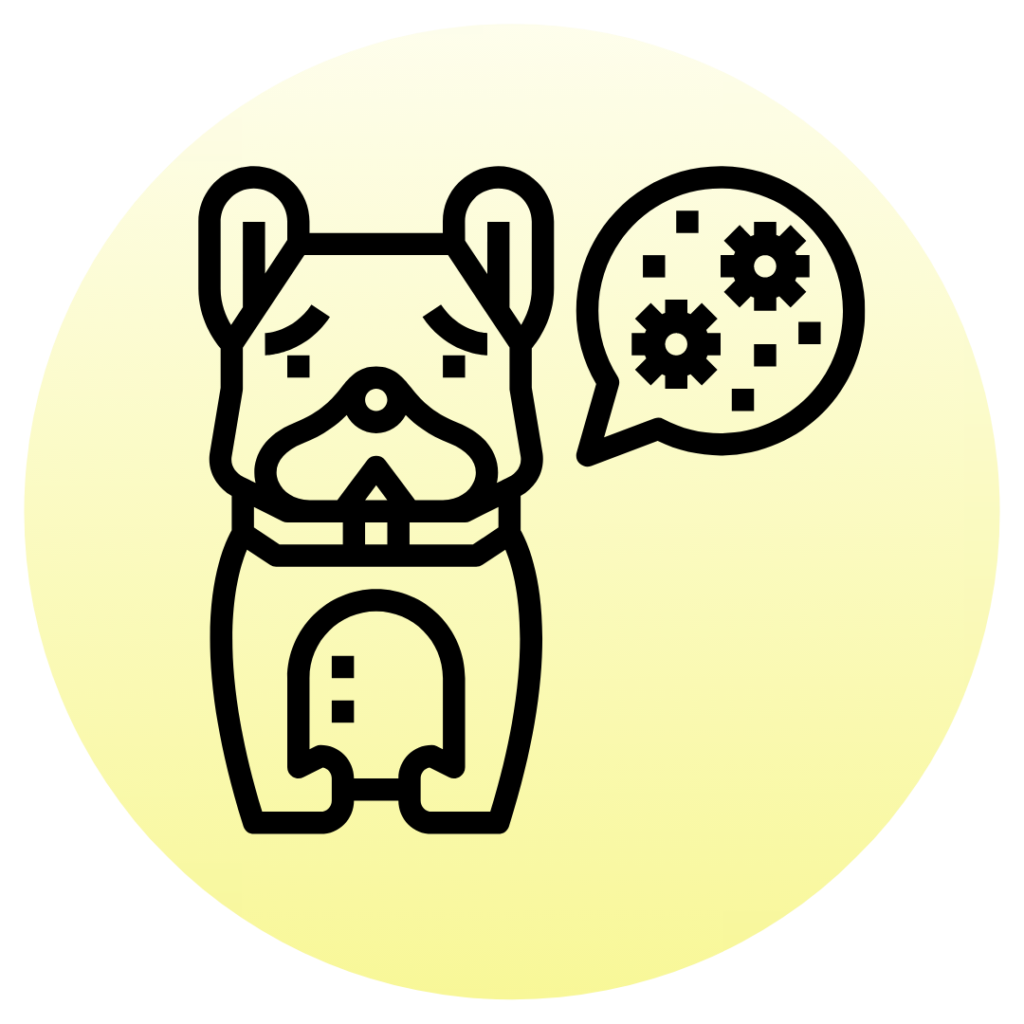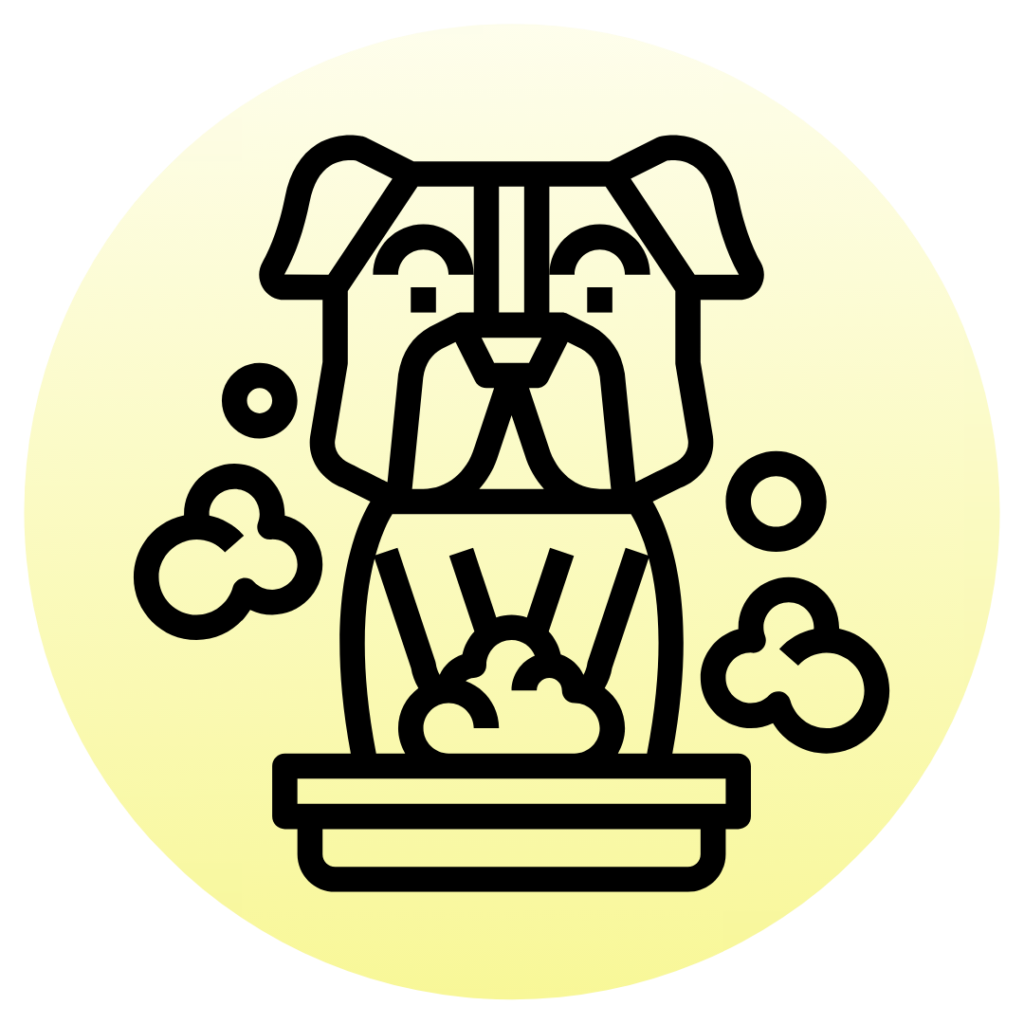Life with a dog in a wheelchair, part 1
Whether it concerns you or one of your friends, a dog becoming paralyzed does not mean that you need to say goodbye!
Yes, it’s a big life-changing event and it will bring new challenges, but there’s always a way to adapt and solve any problems that might arise. All you need is a lot of love and a reliable information source that will help you cope with the new situation, especially in the beginning.
First things first, what to prepare for when your dog is using a wheelchair?
Brief overview:

And now more in detail:
Curious glances and comments

Although a dog in a wheelchair is no longer such a rarity, it will still attract curious glances. Make your peace with the fact that the positive responses are sometimes mixed with the negative ones. There are still a lot of myths about handicapped (not only) dogs and some people will simply need to share with you their opinion that your dog must be suffering. Don’t pay them any mind, you know your dog best and some people’s minds can’t be changed even if there’s a happy wheelchaired dog right in front of them.
Hygiene and defecation

Unfortunately, paralysis of the hind limbs has an effect on the defecation of the dog, both number one and number two. It’s nothing dramatic, but you have to understand it and count with it.
Number two is maybe surprisingly simpler. The problem usually is that that peristalsis (ie bowel movements) are not as effective in a dog with paralysis as in a healthy dog. That makes sufficient movement and a fine-tuned diet all the more important. It is not necessary to use exclusively veterinary feed, but it is nice to find a regime that will support regularity of defecation and help you avoid unnecessary accidents.
Bladder

Every paralyzed dog will need help with emptying his bladder. The reason is simple. The internal muscles which the dog normally uses to pee, do not function properly in a paralyzed dog. Even if the dog can go mark a pole by himself, the emptying of the bladder is never complete. And here’s the problem. If the “old” urine accumulates, even in small amounts, inside the bladder, it is almost guaranteed to cause prolonged and unpleasant inflammations.
So even if your dog suffers from spontaneous leakage of urine, or it even seems that they can pee by themselves, and you feel that help with defecation is no longer needed, this is not true. Even under these circumstances, it is important to make sure that the bladder is really empty, to avoid unnecessary complications.
How often do I have to squeeze my dog’s bladder?

In general, the smaller the dog, the shorter the interval should be. The absolute minimum is 3 times a day, 4 times a day is better.
Definitely do not try to cheat your way around by decreasing the amount of water your dog drinks! This would cause other inconveniences such as bladder stones, sand and other deposits in the urinary tract, which can be very painful.
Your veterinarian or physiotherapist will teach you the right squeezing technique, and you should contact them for help if you are unsure.
Diet

Another big topic is diet. It is definitely necessary to keep the dog in the best possible condition, which means both enough exercise and diet.
Many owners of paralyzed dogs rely on veterinary food, but it is not necessary. It is important to dose portions correctly so that your caloric intake corresponds to your daily activities. A large part of our dogs eats mostly meat and they thrive perfectly. One of the advantages of this way of eating compared to granules is, for example, a smaller amount of poop.
This is definitely another area where do not be afraid to consult a veterinarian and pay attention to common signals such as coat quality. According to them, you will know whether the dog has everything needed in this direction or whether it will be necessary to try some change.
Do not forget to read also the second (and final) part of this article.
